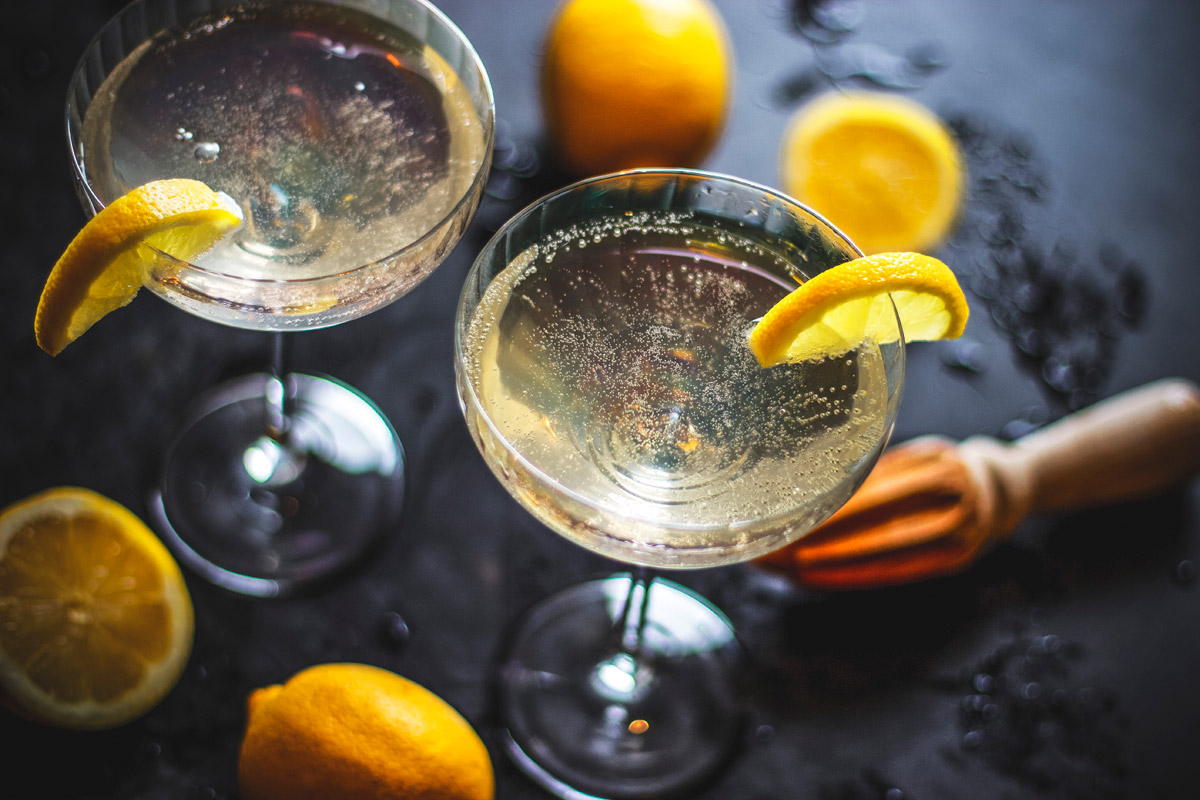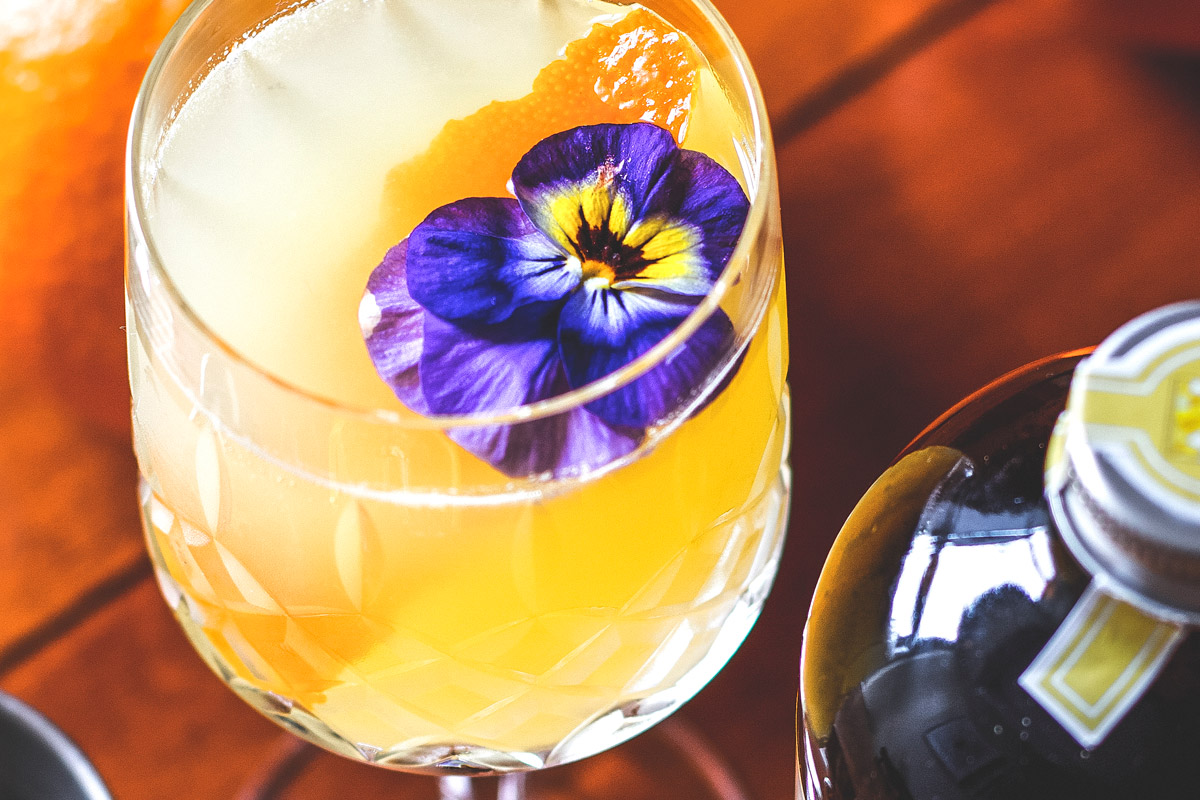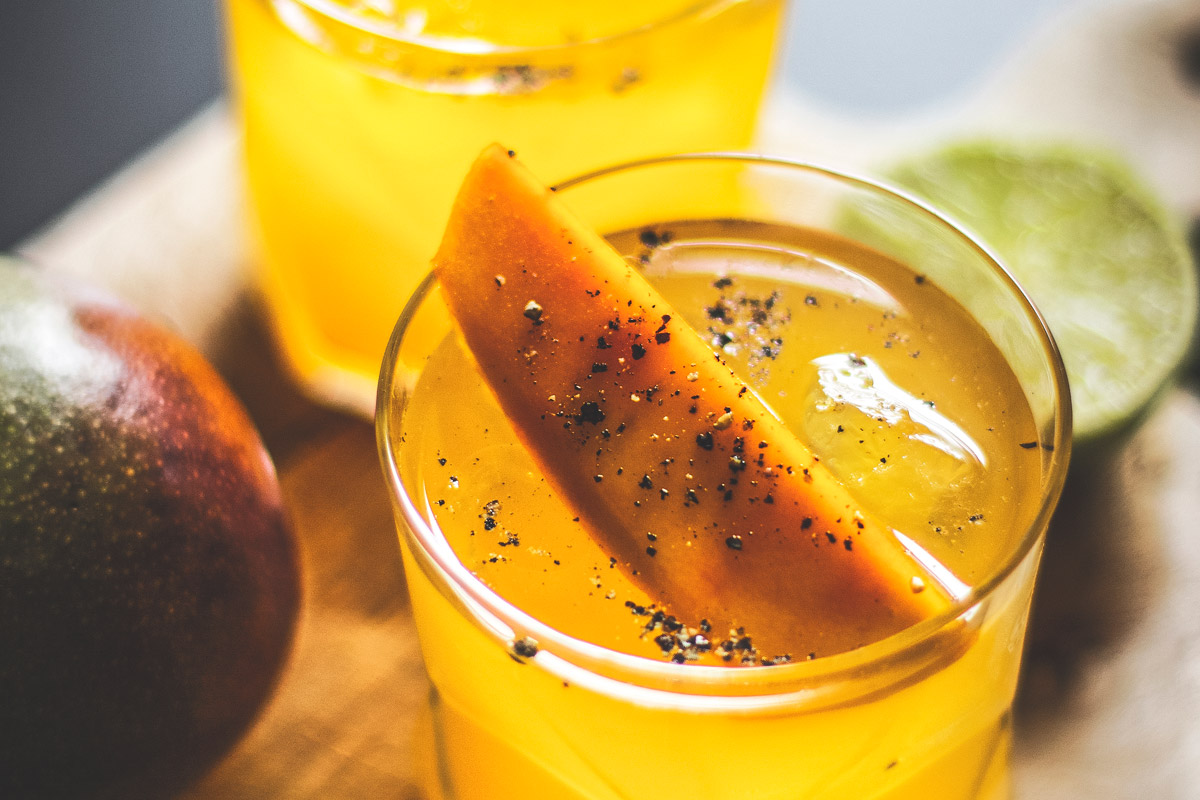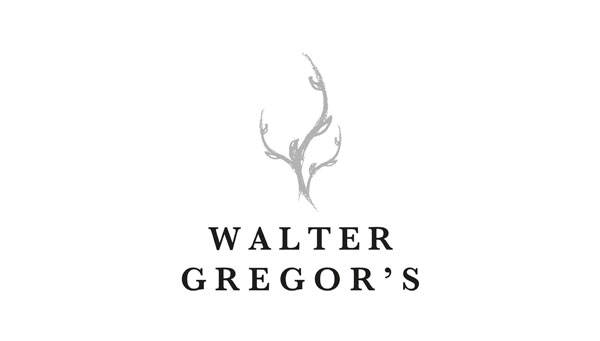



Gin today, gin tomorrow.
It’s undeniable the rise in popularity of gin over the last decade, in particular the last five years, and at the moment, it feels like there’s a new gin coming to market almost every week. Some commentators predict a gin bubble effect that will, over time, burst due to the vast number of new gins. Of course there’s a danger that the current resurgence of gin may one day peak, but we see gin as still being in it’s infancy.
The consumer’s enjoyment of gin shows no signs of slowing down. As year on year sales of gin continue to grow dramatically, it’s essential that gin makers here in Scotland continue to produce world-class gins, knowing the market is sustainable and Scottish Gin as a spirit continues to be seen as a quality, premium crafted drink.
Like any business sector, things can move at lightning pace and there’s no doubt that there are issues which could hinder the successful and sustainable growth of both individual Scottish Gin brands and the wider gin market.
Having spent the last 9 months speaking with a variety of people within the spirits industry including gin makers, on/off trade, commentators and gin drinkers, there are recurring themes and topics that regularly come up.
We wanted to contribute our own thoughts and opinions on these topics. Gin has been our drink of choice for the last 10 years, but in no way are we an authority on gin nor do we claim to be. We wouldn’t be so bold as to say we speak for any one individual gin maker nor the Scottish Gin sector as a whole.
What we are is gin drinkers and gin consumers with a healthy passion for Scottish Gin, for educating the consumer through our business, website and social media pages and hoping to shed light on some of the issues we feel the gin sector is facing and what we see as being some of the key areas that need to be addressed.
This article focuses on the Scottish Gin market but many of the issues raised effect the wider UK and international gin markets in terms of finding common ground for definition of gin and how best it can be protected as a spirit.


Transparency
Brand Scotland is a valuable asset. Scotland is renowned for its high-quality food and drink sector. From Stornoway black pudding, Scottish wild salmon, Whisky, Scotch lamb and beef, food and drink exports from Scotland are shipped around the world on a daily basis. These products have protection in the form of geographical indications that stop these products being copied and made by businesses outside the region or country where they are traditionally made. In simple terms, if it says ‘Product of Scotland’, it’s genuinely made in Scotland. Unfortunately, Scottish Gin doesn’t currently have this geographical protection and status.
For the consumer, it can be mind-boggling. There’s nothing stopping anyone from making a gin anywhere in the world and labelling it as being a Scottish Gin. We’ve experienced it first-hand after spending a hearty amount on what we believed to be Scottish Gin, to later find out, after some digging, that the gin was distilled outside of Scotland. We were extremely disappointed to say the least. Not only does an experience like this undermine the great work, investment and care that genuine Scottish Gin makers put into creating their gin and building their brand, but it also devalues Scottish Gin as a whole.
When the consumer is spending upwards of £35 on a premium product that’s labelled as being Scottish, then surely the consumer has the right to know where that gin is made? There are gins which use botanicals from Scotland that are made out with Scotland and there are gins which are made out with Scotland that are bottled in Scotland. This smoke and mirrors approach in marketing and packaging makes it almost impossible for the consumer to truly know where some of the gins they are buying are really made.
There are Scottish Gins on the market that clearly state where they’re made and we think this is the right thing to do. Not only does this provide transparency for the consumer, but it also adds genuine value to the gin market as a whole. We admire the integrity and honesty of gin brands who are based in Scotland and for business reasons choose to produce their gin out with Scotland, but make this clear on their packaging and marketing. These gin makers clearly value the consumer and respect their peers and are a great example of providing transparency. They’re proud of where their gin is made and don’t make any effort to mislead the consumer. This type of transparency should be encouraged and we understand that this clarity also helps add value to the story of Scottish Gin.
There are also Scottish based businesses who produce their gin out with Scotland with the long term plans of bringing distillation back to Scotland. We understand every business has to start somewhere from setting-up production, growing their brand and reputation and, crucially, generating revenue. We’ve spoken with a number of Scottish Gin makers who have plans to move production back to Scotland once they have funding for their new production facilities. Hopefully with the continuing growth of the gin sector and interest from third party investors, these gin makers, who are committed to bringing their gin back to Scotland, can achieve these goals.
We don’t think for a second that gin distilled out with Scotland is any way inferior or substandard to gin distilled in Scotland. For us, however, there has to be a line drawn somewhere of what makes a gin ‘Scottish’. From day one The Gin Cooperative made our opinions clear, for right or wrong, taking some flak along the way, but we are proud we made our thoughts public on what makes a gin Scottish. We are of the opinion that if there is a distillation or cold compounding process undertaken in Scotland, juniper is the primary botanical and is 37.5% ABV or above, then it is a Scottish Gin.
We’ve followed the merger of SCDA and Scotland Food & Drink closely and see these organisations as the flag bearers for shaping the future growth and protection of Scottish Gin and Spirits being produced by the many great distillers and rectifiers currently making a global name for Scottish Spirits.
We feel strongly, having met with a wide range of Scottish Gin makers, that whatever protection is afforded to Scottish Gin makers, it should be a form of protection and acceptance for all. All gin makers who choose to distill their gin here in Scotland, including new and established gin brands that use contract distillation methods should be afforded the same protection as gin makers who distill their own gin, in our opinion. Yes gin makers who own their own still and distill their own gin are to be respected, admired and applauded for taking the risks to buy equipment and establish their own distillery, but like any business sector, not everyone has the capital, investment or training to make their own gin and everyone has to start somewhere. If the Scottish Spirits sector is to continue to grow and remain an innovative and attractive industry for new blood, then it has to encourage open thinking and take into consideration the circumstances of all Scottish Gin makers to ensure those distilling their spirits here in Scotland are seen as equal stakeholders and have a vital role to play in the story of Scottish Spirits production.
As more gin drinkers become aware of provenance and want to know where a product is made, it’s vital that guidelines and a framework are implemented to provide clarity so the consumer can make an informed decision. As the gin resurgence continues, provenance and geographical location will play a bigger role in helping the consumer decide how they spend their money. This also applies to the many great gins being made across the UK and other parts of the world.
Gin bloggers and commentators also have a responsibility to educate, inform and provide transparency to their respective audiences. We would love to see more gin reviewers, gin commentators and bloggers making a point of stating where the gin they’re talking about is actually distilled. It can be a sensitive subject for some gin brands, who would rather you didn’t really know the gin you just spent £35.00 on isn’t actually made in the place that’s embossed in big bold letters across the front of the label. This is little more than the business address and is no indicator of provenance.


Consumer Education
The first touch point for gin and many consumers is retail. We recently saw supermarket shelves indicate two different gins were ‘Made in Scotland or Made with Scottish Ingredients’, bearing in mind this was on Speyside, the heart of Whisky country. And yet one gin is genuinely made in Scotland and the other is made out with Scotland using botanicals grown in Scotland. We would love to see more clarity in supermarkets in their drinks aisle for all gins made here in the UK. A point of sale system that clearly shows where the gin is distilled. We feel this would provide further clarity and reassurance to the consumer, plus it adds greater value to the story of gin.
Most bottle shops and independent retailers do a fantastic job of educating their customers. It’s part of the reason we always buy gin from our local bottle shop. Most care about the products they stock and they care about the gin makers. They provide tasting events, meet the maker events, run gin clubs and more – this all adds value to the Scottish Gin sector and Scottish distillers and rectifiers. There are also retailers who only stock traditional Scottish Gins – gin distilled in Scotland, such as Cranachan & Crowdie in Edinburgh or ABV Craft Drinks in Banchory, who focus on stocking Scottish Gins that are distilled in Scotland.
For some smaller retailers we understand that they need a good selection of stock to encourage footfall and create more opportunities for a sale. However, we have seen first hand, retailers selling gins that they know are not made in Scotland, yet are telling potential customers they are made in Scotland. As consumers, we don’t think this approach adds any value to the gin market or the consumer.
The on trade sector also has a fantastic opportunity to be a key educator in helping tell the story of Scottish Gin, and the wider story of gin, directly to an already engaged audience. There are a variety of forms this might take, from specific events and classes for the consumer at venues, bars and hotels. The idea of gin and food pairings is also a concept that’s currently circulating amongst some gin makers and on-trade businesses. This would be a great chance to explore collaborations between gin makers and quality, craft food producers and chefs combining innovation and quality produce. There could be a new gin events market for showcasing great gin and great food.
There are many great bartenders, through their own love of the drinks industry, that have educated themselves over time. With the ability to reel off, from memory, perfect serves, botanicals, where a gin is distilled and more, we’ve spoken with some really inspiring and genuinely passionate individuals who simply love gin. Not only does this ability to educate the consumer add value to the story of gin, it also creates a positive experience for the consumer when they encounter a gin for the first time and can be told a few interesting facts or stories behind the gin brand.


What is a Gin and Self-Regulation
What constitutes a gin has seen the legal and traditional definition blurred dramatically over the last few years. With a higher number of what we would call alcopop style gins coming to market, that in the legal and traditional sense are not gin, presents a problem for both traditional gin makers and the consumer.
For gin makers who follow the traditional method, creating and distilling a gin using juniper and at the legally defined ABV of 37.5%, they’re faced with compromising their integrity and values to compete commercially. For many, they simply won’t compromise on the quality of their gins to take advantage of the growing trend for alcopop style gins. This stance should be encouraged by gin makers and their peers and should be celebrated.
That said, we encourage innovation and experimentation, it’s how any business grows and often leads to new success. Unfortunately, at the moment, there seems to be a number of brands appearing across the UK that use the word ‘gin’ on their products that appear to simply be ‘jumping on the gin bandwagon’. Many of these new gins come across as having zero passion or care for the craft of distilling, are gimmicky gins that get lots of PR coverage because they’re a neon colour or contain some wacky artificial flavourings. These types of gins only dilute what a gin should be and dilute the consumers understanding of gin.
We can’t help but feel some of the current gins being produced are little more than sugar filled spirit versions of alcopops that actually contain very little juniper or none that can be detected. We admire and support gin advocate and commentator Gin Monkey’s stance on this type of product and her hashtag #stopfuckingwithgin.
Sadly, for us, it can feel like some gin makers are playing to the lowest common denominator by producing sub-standard products that they claim to be gin but know perfectly well are not and have been created to generate some quick cash and add nothing to the story of gin. Unfortunately there seems to be a growing trend where every week there’s a new ‘gin’ (gin in the loosest sense of the word) that has some wacky, tacky, cheap flavour profile that really does a disservice to those who are producing fantastic, quality gin.
Even with EU Regulation EC No. 110/2008 in place, that legally defines what a gin is, how do you enforce this? It’s an impossible task that could potentially cast a gloom over all gin makers and lead to the consumer turning away from gin if there was too much negative attention about gin. It really is a tough problem to solve but we admire and respect Hayman’s of London who publicly launched their ‘Call Time On Fake Gin’ campaign in April of this year. This campaign sought the input of a wide range of gin makers, distillers, rectifiers, commentators, on and off trade and more. With a debate scheduled for the start of September, we hope this can play a vital role in an outcome that would see an agreed set of regulations to be respected and adhered to. In the meantime, it would be great to see self-regulation of the UK gin sector right across the industry from gin makers, on and off trade and other commentators, where if they have doubts if a ‘gin’ actually contains gin, then they ask the question.
On the flip side, we would never want to see gin makers singled out. We understand that distillers like to experiment, create, innovate and discover new processes and work hard at creating new products. Sometimes the allure of commercial opportunities to make ‘gin’ style spirits that have no resemblance to gin are too much. We’re confident that often these types of alcopop style gins are a means to bring a quick injection of cash back into a business rather than a gin maker setting out to mislead.
We think this is where Trading Standards could play an active role in how gin is marketed, branded and packaged to the consumer. There definitely needs to be more understanding and guidelines in place for the consumer to understand that if a gin claims something on the packaging, then it really is a fact related to the product.


Gin Liqueurs
The topic of gin liqueurs has been a talking point for many. Can it really be called a gin liqueur when it contains a gin that’s been distilled to a much lower ABV%? Does it contain actual gin distilled with juniper and bottled at or above 37.5% ABV? Or is it simply marketed as a gin liqueur?
It’s a tough topic to tackle, as for many consumers their first experience of gin might be trying a gin liqueur as part of a cocktail or as something to sip after dinner. Gin liqueurs seem to be a great introduction to the world of gin for many, despite the fact their marketing and promotion can be misleading. We’ve lost count the number of times we’ve spoken with consumers who have said they love brand x gin, when in fact they’re talking about a liqueur.
This comes back to our earlier point about transparency and how gin liqueurs are marketed and packaged. Perhaps there needs to be more regulation on the terminology used and a requirement on packaging to state, for instance, if a gin liqueur actually contains gin that’s been distilled to a lower ABV%, is the drink a ‘gin based spirit’ or in fact ‘this drink does not contain gin’. Whatever the correct terminology the contents of the bottle should be accurately listed on the label.
Looking past these points, gin liqueurs have provided distillers with an opportunity to experiment and explore new flavour profiles. They have given the consumer the chance to try a lower ABV% spirit. With a number of consumers stating they don’t like tonic, gin liqueurs drank neat or in cocktails have a role to play in the story of gin. With improved regulation of packaging and terminology, we see no reason why genuine gin based liqueurs can’t be a worthy and welcome addition to the wonderful world of gin.


Gin Events
The increase in gin’s popularity has in tandem seen a dramatic increase in the number of gin events popping up all over the UK. Some of these events are well established by people who love gin, who want to help gin makers and who have an insight into the world of retail, sales and spirits. For example, the events organised by the team at The Gin Fayre are regarded as being amongst the best gin events in the UK. Done with care for the gin makers attending, interesting and informative masterclasses and always very popular with the consumer. Events that add value to the story of Scottish Gin, provide an opportunity for the consumer to learn more about Scottish Gin and give gin makers an opportunity to tell their story.
Unfortunately not everyone gets it right and not everyone has the best intentions. A recurring theme we’ve heard from gin makers is the fact they’re having to be very selective about which gin events they attend due to the time, cost and effort involved in attending events. When you find yourself in a situation where you’ve spent considerable money before even selling a bottle of gin, we can understand why some gin makers are being more cautious.
For us, gin events should be an opportunity to discover new gins, speak with the gin makers and get to know their story. For the gin maker, gin events are an opportunity to meet the public, discuss their gin and story, raise their brand profile and hopefully sell some gin. Feedback we’ve been given on gin events lately is that some are now little more than a cattle market, where the mantra is pack as many gin makers into one venue as possible, where the chance to engage and talk gin with potential customers is reduced. By the time potential customers have reached your stand, they could have already drank 10 or more gin samples and are often a little worse for wear.
Gin events should be fun. Gin events should be about gin. Gin events should be about the consumer getting to know more about the many great gins on the market. They can even be about getting a little tipsy but they should never be promoted as an excuse to get blinding drunk before a night out or an excuse to consume excessive amounts of alcohol.


Brexit
From a politically neutral and business stance, when you look at the Scottish Gin supply chain, a great deal of suppliers are based in the EU. Bottle manufacturers, botanical suppliers… a number of key suppliers to the Scottish Gin sector export their goods into the UK for use in Scottish Gin. With the on-going negotiations and uncertainties surrounding trade tariffs and what impact leaving the EU will have on the Scottish economy as a whole, the UK Government must ensure that leaving the EU has minimal impact on not only Scottish Gin but the Scottish food and drink sector as a whole.
Decades have been spent building the reputation of Scotland as a leading global food and drink producing country. It’s vital that this reputation for quality isn’t hampered and can be maintained. It is vital for Scottish Gin makers, who are either currently exporting to the EU, or are looking to export to the EU, that the process doesn’t become an expensive and time consuming part of their business development. It would be a nightmare scenario for the Scottish Gin industry, which is still in it’s infancy, to be faced with the additional financial burden of increased costs for importing supplies into the UK but also exporting their goods to the EU. Any dramatic increase in costs could severely hamper the success of Scottish Gin makers opportunities to grow their business and in some cases could potentially financially cripple them.
Scottish food and drink producers should be given the opportunity and means to ensure their future is in their hands and that whatever policies are shaped after Brexit are shaped in the most part based on the needs and requirements of Scotland’s food and drink producers.


The Future of Gin
The consumers enjoyment of gin shows no signs of slowing down. As year on year sales of gin continue to grow dramatically, it’s essential that gin makers here in the UK can continue to produce world class gins knowing the market is sustainable and gin as a spirit is seen as a quality, premium crafted drink.
We feel this can only be achieved by tackling the issues we’ve mentioned above. The danger is, if nothing is done over the next few years, then genuine brands who make their gin with passion, craft and care, and gin as a whole, could be overshadowed by consumers becoming disenfranchised with the word gin.
With Scotland’s respected and admired reputation for producing world class whisky, there’s no reason why, over time, and with the correct management and nurturing, that Scottish Gin can’t sit alongside whisky. With some analysis predicting sales of gin will outstrip the sales of whisky by 2020, we see a long, happy and prosperous future for Scottish Gin. How the Scottish Gin sector is steered and championed by organisations like Scotland Food & Drink and Visit Scotland will really help the industry and the consumers’ attitudes towards Scottish Gin.
We think Scottish Gin has a bright and long future filled with innovation, world class products and really being seen as a benchmark for what a premium, quality gin should be.
The views expressed in this feature are based on detailed discussions that we’ve had over the last year with a variety of businesses, individuals and organisations working in the food and drink sector. We welcome feedback publicly and privately. If you wish to discuss any of the topics raised in our article, we’re always open to healthy and honest discussion so please get in touch.


 Creative Design Services
Creative Design Services
 Packaging
Packaging
 Corks, Capsules & Closures
Corks, Capsules & Closures
 Scottish Tonic Water
Scottish Tonic Water
 Scottish Gin Merchants
Scottish Gin Merchants
 Founder
Founder